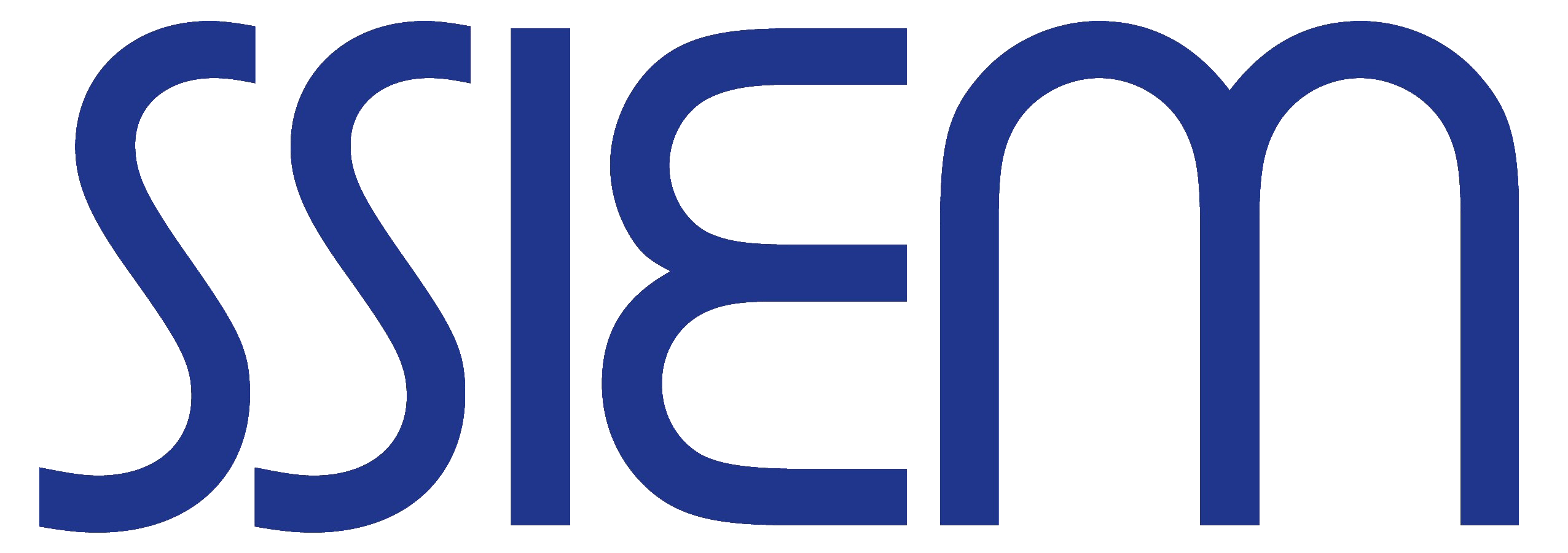The creatine/phosphocreatine/creatine kinase system plays an important role as a so-called “energy buffer”. For glutamatergic neurons, an appropriate functioning of this system is indispensable since it allows these neurons to intermittently compensate for increased ATP demand during glutamatergic signalling – before increased energy costs can be covered by increased uptake and breakdown of glucose. Creatine is also synthesized from arginine. In the first step, guanidinoacetate is synthesized from arginine and glycine by arginine-glycine amidinotransferase (AGAT) which is then converted to creatine by guanidinoacetate N-methyltransferase (GAMT) using S-adenosylmethionine as a methyl group donor. The mammalian brain is able to cover its own demand of creatine, since arginine and glycine can cross the blood-brain barrier and AGAT and GAMT are differentially expressed in brain cells.
The consequence of a limited supply of arginine is a decreased synthesis of creatine as arginine is a substrate of AGAT. Hyperammonaemia will cause a secondary creatine deficiency in brain cells due to impaired synthesis.
The decreased cerebral carnitine synthesis can only be partially compensated for by creatine transport across the blood brain barrier because the creatine transporter SLC6A8 is not expressed in astrocytes. It is expressed in capillary endothelial cells but is not sufficient. However, there is some evidence that hyperammonaemia may induce astrocyte expression of SLC6A8 that may result in transiently improved cerebral creatine uptake from the periphery.
While the above are important causative mechanisms for hyperammonaemic encephalopathy, two other mechanism have been suggested: altered serotoninergic neurotransmission and altered cholinergic neurotransmission
